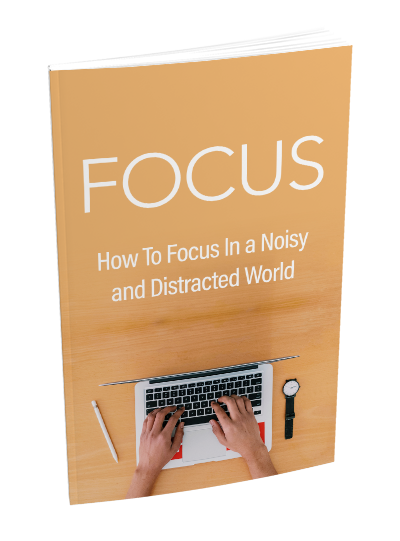Free Training & Career Tips... Subscribe to Get Weekly Career Tips

By Subscribing You are Agreeing to Terms and Conditions
In a nutshell, mindfulness is the mental state of focussing one’s awareness on the present moment, whilst at the same time recognising and accepting one’s thoughts, feelings and bodily sensations. In other words, mindfulness involves being cognisant of what is going on within ourselves and what is going on around us. It can also be defined as an inner and outer awareness of yourself, other people as well as your environment. Mindfulness is about living with intent and any time you practice mindfulness, whether it be at home, in social settings or in the workplace it can help you become a better version of yourself.
Mindfulness plays an important role in our daily lives since, often, we tend to multi-task. Certain people claim that they can do several things at once. While this might be the case, balancing a cup of coffee in one hand while trying to answer the phone with the other will often result in something being spilt. Those who try to multi-talk are more often than not less effective than they would otherwise be if they focussed their attention on one task until it was done. This is where mindfulness comes to the fore. A person who has been trained in mindfulness is more alert to the workings of their own mind. He or she is aware of how their filtering process affects their perceptions and hence, how they make decisions. Those who have learnt to habitually practise this technique are more receptive to listening to and learning from others. They are conscious of their own preconceived ideas and are more receptive to a greater range of potentials that they were previously unaware of.
Those who are mindful have learnt to concentrate on one task at a time. They seek the best solution to any problem and as far as ‘thinking outside of the box’ is concerned, there is no box. Mindful individuals are also more conscious of how they connect with others.

Your daily mindfulness rituals should begin with a short meditation of say between 5 to 10 minutes. Take deep breaths to relax your body and mind and then focus on one thing only. This can be literally anything – a small object, an animal, anything at all. Don’t be concerned if your mind drifts or if you start thinking of other things. This is likely to happen. When your mind wanders steer your thoughts back towards what you were focussing on.
When you regularly practise mindfulness a new vista of awareness unfolds, allowing you to more vividly see how you are connected to everything. You will more readily understand your connection to other individuals, the community and the world at large.
When you make the effort to practise mindfulness you will have realigned your thinking by being present and focussing on the here and now.
As we move from a manufacturing to a knowledge-based economy, mindfulness in the workplace is coming under the spotlight. Whereas the body was the primary means of production in a manufacturing economy, in a knowledge-based economy it is the brain, and in line with this philosophy employees are considered to be ‘capital assets’. Part of the reality that we are living with in today’s workplace is that we are not yet up to speed in terms of learning how to transform our greatest tool in a knowledge economy, the mind. Even those who manage others are often not skilled in self-management. If a manager is unable to properly focus, this can cause problems since every negative thought and emotion affects their decision-making capabilities. Being mindful in the workplace enables managers to let go of thoughts and emotions relating to the past as well as the ‘what ifs’ of the future and instead allows them to focus on the ‘here and now’. Managers who master the art of mindfulness are able to hold meetings ‘in the present’ without being influenced by past actions and behaviours.
Often, the annual performance review process revolves around highlighting criticisms directed at the employee with the employer seeking, among other things, to justify not having to award the employee with a larger salary increase. The employee naturally becomes defensive. This activates the part of the brain that deals with emotions. However, a different approach can yield a completely different and better result. If the manager instead asks the employee to describe how they feel they have performed during the course of the year, this shifts the focus to a more positive angle and allows the employee to highlight their own strengths and weaknesses without feeling threatened. Ultimately, there will always be performance gaps that need to be addressed but, approaching the situation in this manner enables the employee’s brain activity to shift towards that part of the brain that involves judgement and ambition as opposed to operating in ‘fear mode’.
Research reveals that when one reduces the time spent on multi-tasking, quality of work and productivity levels notably increase and one is able to better connect with family, friends and colleagues. Since, through mindfulness, one’s listening skills are also significantly improved. Even still, practising mindfulness in the workplace can elevate our connection to the world at large and emphasise our sense of interdependence.
There are numerous published studies that show that the human brain is flexible and can be rewired through consistently practising mindfulness. For example, Google employees have learned to calm themselves under stressful circumstances and this helps them to be more productive.
While difficult managers will more often than not remain difficult, employees who practise mindfulness will be able to deal with difficult managers with greater perception, can respond in a more disciplined manner and are able to see the situation for what it actually is.
Reference sources: wellsteps.com|
Copyright text 2024 by Business Optimization Training Institute.